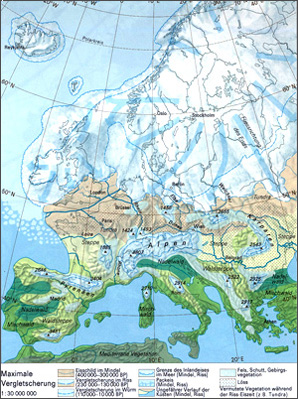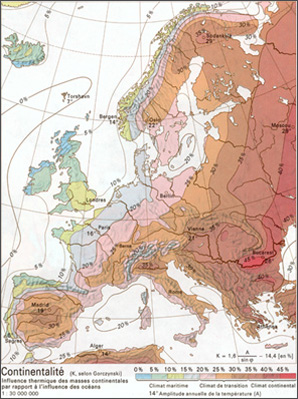|
|
Classification
Classification is the process in which, objects are placed in groups (or classes) having identical or similar features. The information is conveyed through identification of the group boundaries. Classification brings relative order and simplicity, and helps to organize materials for communication.
Some of the most common operations of classification are (Robinson et al. 1995, p. 460f):
- Grouping: The grouping of similar data elements into categories referred to as range grading.
- Typification: The selection of position and the modification of the data element at that position based on other data elements around the selected position to create a "typical" data element to portray on the map at that position.
- Other forms of typification may include the exaggeration or actual creation of map data in an attempt to typify.
Visualise a Classification Example
The following example is a typical classification operation.
Roll over the picture to get a zoom.
In thematic mapping, classification can be carried out with quantitative or qualitative information.
|
Qualitative classification |
Quantitative classification |


